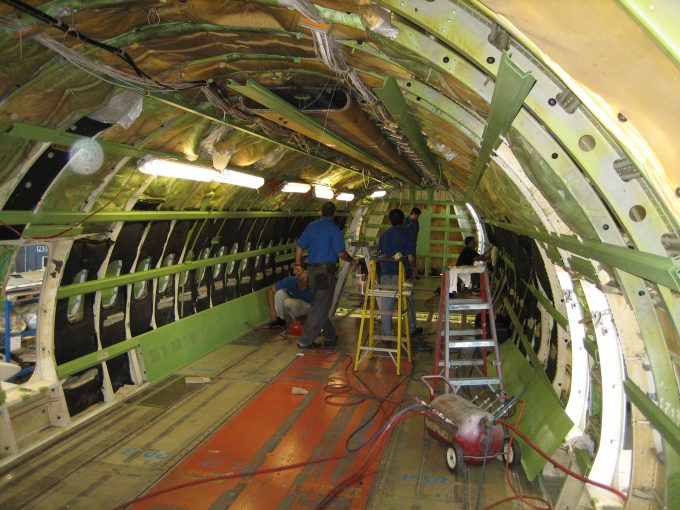FAA launches probe into Boeing 787 Dreamliner safety issues
Airlines in line for delivery of Boeing 787 Dreamliners are facing longer wait times as ...

Aircraft passenger-to-freighter (P2F) conversions are continuing at a stable rate, but experts are keeping tabs on a potential oversupply scenario.
The latest freighter value analysis by aviation advisory firm IBA shows conversion rates progressing steadily. The B737-800 leads narrowbody conversions and IBA suggests this could be ...


Comment on this article